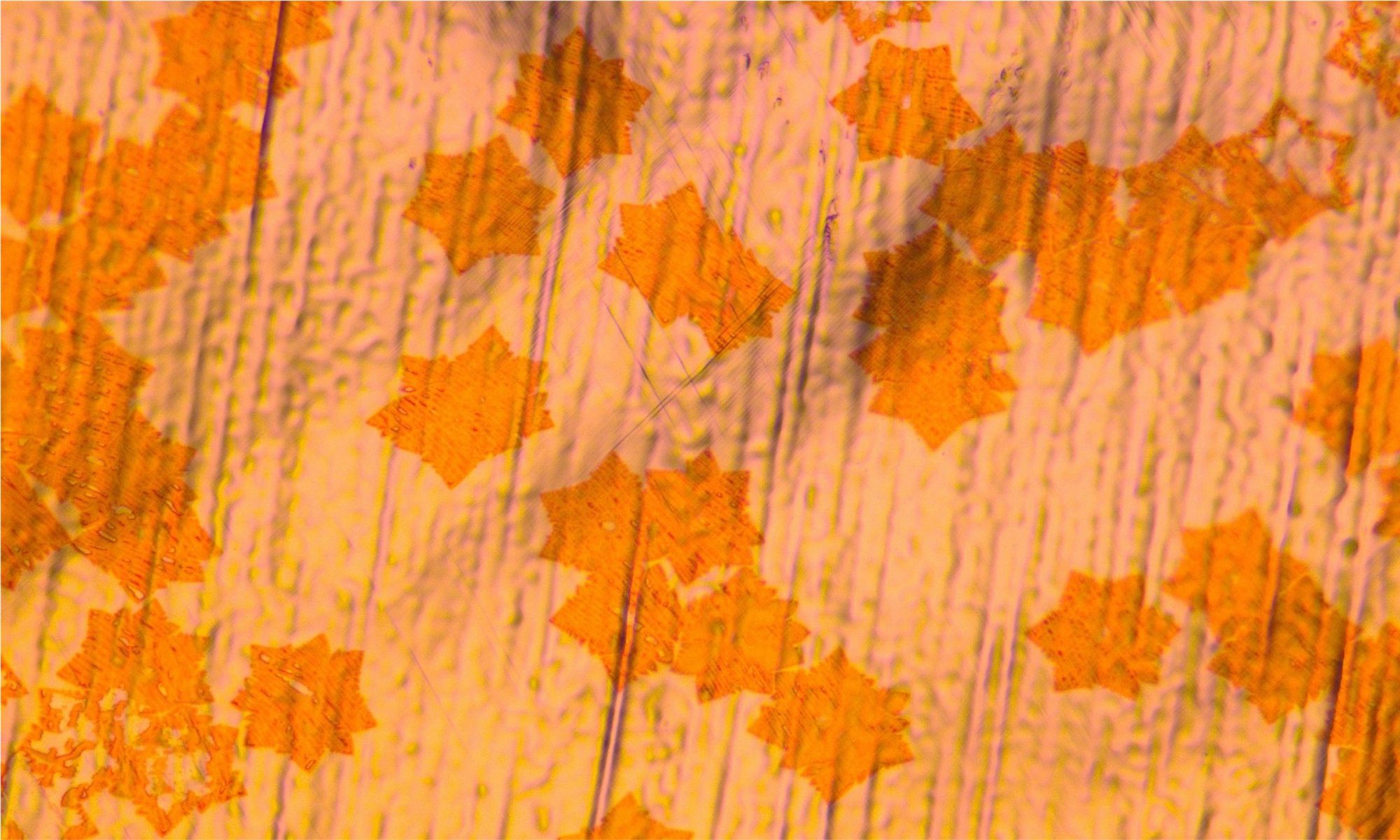Scientists from RWTH Aachen University, AMO GmbH, EPFL and Aixtron SE have demonstrated the first power detectors based on Molybdenum disulphide (MoS2) that operate at zero bias. The fabricated circuits function in Ku-band between 12 and 18GHz, and are the best-performing power detectors fabricated on flexible substrate reported to date. Their dynamic range exceeds 30dB, outperforming other semiconductor technologies, like silicon complementary metal oxide semiconductor (CMOS) circuits and GaAs Schottky diodes.
Power detectors are important building blocks of analog wireless-applications, such as radar systems, Radio Frequency Identification (RFID) transceivers, and mobile communications. Their functioning relies on the non-linear operation of a single field-effect transistor (FET). The newly published work reports the successful implementation of zero-bias RF power detectors based on two different MoS2 FETs with mono-and multilayer channel materials, both fabricated with a growth and fabrication technique suitable for large-scale manufacturing.
The results clearly indicate the potential of MoS2 FETs for realizing fully integrated, flexible, low-power transceivers. At the same time, the work also shows that some material-growth and device-processing parameters still need to be carefully tuned in order to allow these circuits to meet the rigorous reliability requirements of mass production.
The work has been published open-access on Advanced Materials.
Bibliographic information
Zero Bias Power Detector Circuits based on MoS2 Field Effect Transistors on Wafer-Scale Flexible Substrates
E. Reato, P. Palacios, B. Uzlu, M. Saeed, A. Grundmann, Z. Wang, D. S. Schneider, Z. Wang, M. Heuken, H. Kalisch, A. Vescan, A. Radenovic, A. Kis, D. Neumaier, R. Negra, M. C. Lemme
Advanced Materials, Accepted Author Manuscript 2108469 (2022).
https://doi.org/10.1002/adma.202108469
